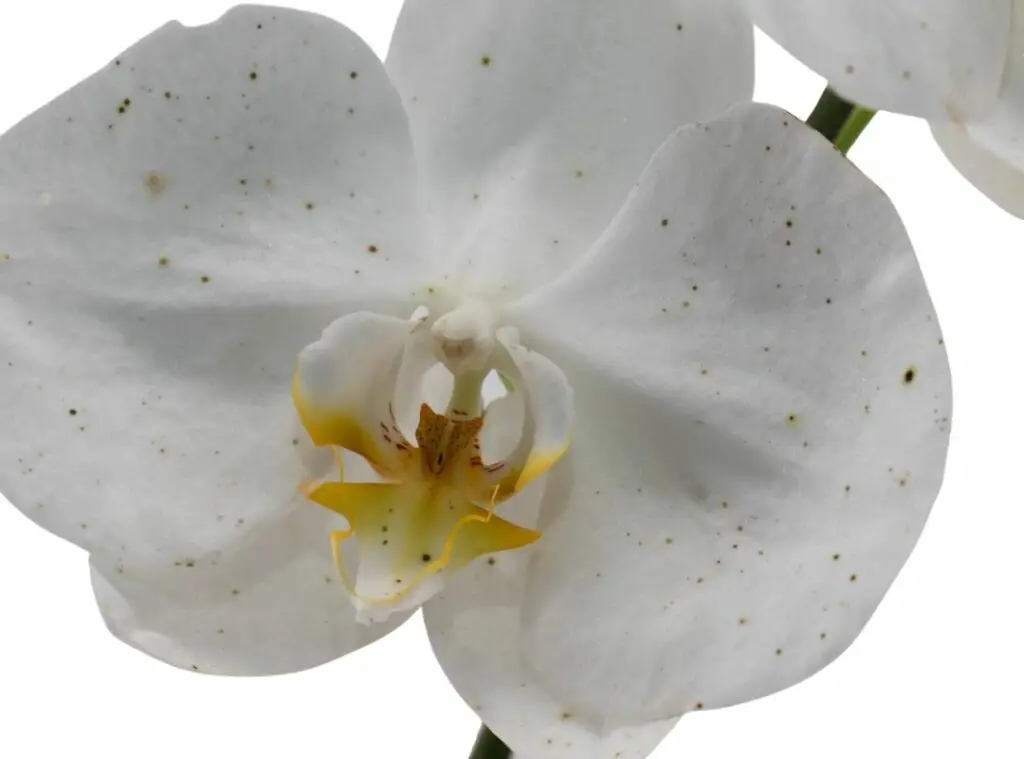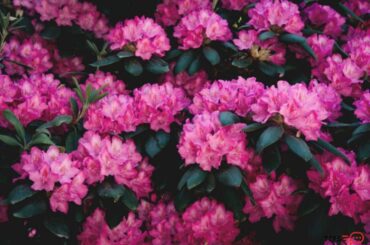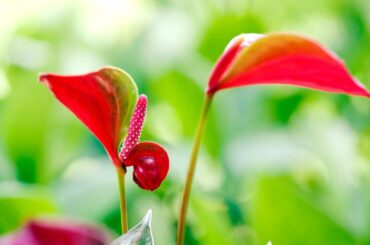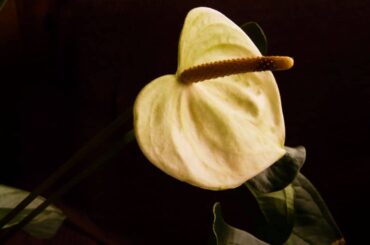If you are an orchid lover, fungal infections might be the most prevalent issue that you face often. Among them, the black spots on orchid flowers cause huge damage to orchid flowers. It will be extremely frustrating for you to see this enemy on your beauties that you have worked so hard to cultivate. Orchids, one of the most popular flowering plants in the world, occupy a unique place in the plant kingdom.

As they come up with a diverse range of morphologies and spectacularly beautiful long-lasting blooms, they have become a “must-see feature” in almost every home garden. Although orchids are relatively easy to grow, they quickly respond to amiss changes in the ambient environment. This article provides the information that you should know how to prevent black spot disease in your orchid flowers.
What causes black spots on orchid flowers?
Excess moisture on orchid blooms, limited sunlight, and poor air circulation around the plant are the foremost causes of black spots disease. The disease is more likely to prevail after an extended period of damp and cool climates. Black spots, also known as botrytis, is a fungal disease that affects tender parts of orchid plants, especially flowers.
Botrytis cinerea is the fungus that is responsible for this disease. It prefers relatively low temperatures (68 to 76 degrees), high humidity levels (humidity levels above 95%), and wet surfaces. This fungus takes a short period of time, like 14 hours to proliferate. Therefore, immediate actions must be taken to control the disease at the first signs of the infection.
Usually, botrytis fungus spores are present in chinks and debris around the plant. Water spreads these spores, and once the favorable conditions were in place, the spores germinated on the flowers, causing the flowers to become sick.
Symptoms
When compared with new blossoms, the disease is often found in older flowers. Botrytis disease can be found in a wide range of orchid genera, but the disease is much more prominent in Phalaenopsis and Cattleyas orchids. You can identify the disease with the appearance of small, black spots on orchid flowers.
At earlier stages of the infection, these spots are visible in small sizes, but as the infection progresses, the size of these spots becomes larger. You will see a pale pink margin around the larger spots. Sometimes, you may see a grayish thin mass of webbing, especially under moist conditions.
If the infection is severe, necrotic spots can be formed on stems and foliage, and many buds will fail to open. If you fail to treat the disease, the spots will merge, making the fungal mycelium visible and with time, the plant will die.
Prevention methods
You should inspect the plants frequently. Make sure that the environmental conditions around the plant do not induce the prevalence of the disease. Keep an eye on your plans for any signs of symptoms. Once the plant is infected, you can neither reverse the symptoms nor completely cure the disease.
So, prevention is the best. Prevention of black spots often relates to proper air circulation, proper watering, and good sanitation.
Circulation
At all times, allow plenty of fresh air to circulate around your plants. It prevents the settling of the spores on flowers and also reduces ambient humidity; one of the critical requirements of the pathogen. Under good air circulation, excess moisture on the plant surface can be easily removed. If possible, provide warmer temperatures (above 68F) during the nighttime.
You can ensure proper air circulation around the plants by; maintaining adequate space between the plants and avoiding packing them tightly. This helps satisfactory air movement around your plants. If the plant is growing inside a small clip-on fan can be used to improve the air flow. Keep in mind that good air circulation is crucial, especially when the plants are blooming to prevent the flowers from botrytis.
Sanitation
Sanitation is important to prevent the disease. This is the main control of the disease. Sanitation helps reduce the spore load. Debris shelters troublesome fungi. When favorable conditions are achieved, they will act on the plant and ruin it. Keeping debris away prevents disease outbreaks.
Remove wilted flowers, fallen flowers, leaves, or any plant debris from the growing area. Whenever possible, burn or bury the infected tissues. The disease fungus can release spores into the environment extensively. If those are not properly destroyed, these spores can travel a great distance and settle on other healthy plants.
Therefore, to eradicate the disease from your garden, it would be better if you could burn or bury the infected tissues. Never compost diseased plants. If you have used a companion plant for your orchids, make sure the plant does not cause black spots disease in your orchid plants.
Watering
The activity of the botrytis pathogen is induced by excess water on the plant. Therefore, proper watering practices are very important for the prevention of the disease. Irrigate orchid plants at the soil level. Do not overwater the plants. You should never splash water on the plant during watering.
Watering the plants should be done in the early morning so the plants can dry quickly. Do not keep your plants wet overnight. If possible, keep your orchid plants indoors during long periods of rain. This will be easy if you have planted orchids in pots. It is good practice to keep the flowers and the leaves dry as much as possible.
How to control black spots?
Once you see the symptoms of black spots disease on your orchid flowers, you must take immediate action to control the disease, otherwise, the disease will spread all over the plants like a wildfire, killing your entire plant collection. Isolate the infected plant from the rest at the first sign of symptoms and treat the plants quickly. Pruning and fungicide application are the most common methods to control the disease.
Pruning
Remove the infected flowers from the plant. Infected flowers transmit the pathogen and its spores. Therefore, the removal of infected flowers is very essential to prevent further outbreaks of the disease. Use a sharp, sterile pruning tool to cut the infected parts. Make sure that you sterile the tool between each cut. This helps you prevent the spread of the disease to healthy areas.
Use of fungicides:
The application of fungicide is an effective strategy to control the infection. Fungicides kill the vegetative cells or spores and prevent the progression of the infection. Most importantly, a proper fungicide must be used to treat the flowers otherwise you will worsen the damage.
So, use a fungicide that has proven effective against black spots on orchid flowers. Check the label of the product and be certain it is effective for black spots on flowers.
Contact or protectant fungicides such as captan, ammonium chloride, copper hydroxide, iprodione, pyraclostrobin, and Chlorothalonil can be used to prevent the occurrence of the disease.
Black spots disease is more prevalent during spring, fall, and winter. Therefore, it is advisable to spray a protectant type fungicide on orchid plants, especially during these seasons before any clue of the infection. You can spray the fungicide onto the aerial portion of the plant.
Strictly adhere to the directions given by the manufacturer when you are using the fungicide. You can reapply the product at the correct time intervals (see the label of the product) as necessary. Usually, application of the fungicide at a 7-day interval is ideal.
Read Next : Mold On Orchids | How To Get Rid Of This 4 Nasty Molds |





